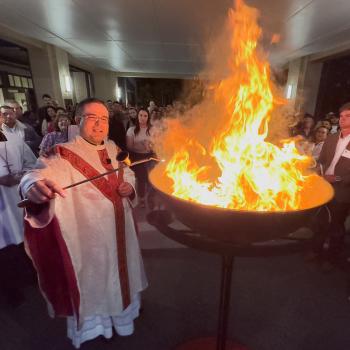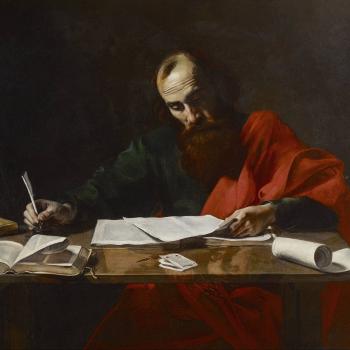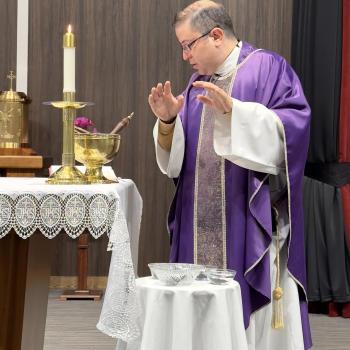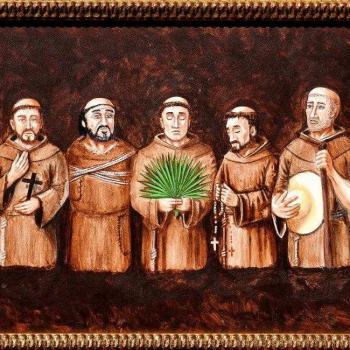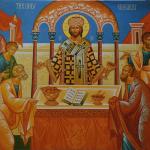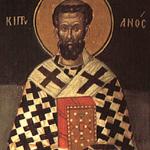Today’s station church is named after the fourth bishop of Rome, Saint Clement, who lived in the late first century. Clement is well known for having written a letter to the church of Corinth replying to their request for guidance in resolving internal affairs. In the letter Clement mentions the “sudden and successive calamitous events” the church of Rome has lived, singling out the executions of Saints Peter and Paul. Of interest also is his mention of Saint Paul traveling to the “extreme limit of the west” giving evidence of Paul’s evangelization of the Iberian Peninsula.
A clandestine house church was established at the present site of the Basilica of Saint Clement before the legalization of Christianity in the year AD 313. This same house which had belonged to a Roman nobleman was converted into a basilica in the fourth century. After the structure was badly damaged by the many invasions of Rome, the present basilica was completed in the twelfth century.
The relics of Saint Clement, who died in exile in the East, were brought to Rome by the brothers Saints Cyril and Methodius in 867 and were subsequently enshrined at the basilica. Since Saint Cyril died while in Rome, he was also buried at the basilica. Also of great importance, the relics of the early second century martyr Saint Ignatius of Antioch are buried at the Basilica of Saint Clemente.
The interior of the basilica harkens back to Christianity at the height of the Middle Ages, containing a magnificent thirteenth century mosaic of paradise and a twelfth century marble choir that takes up the front one third of the nave. Eighteenth century excavations led by the Dominican Fathers who have been the keepers of the basilica for many years, revealed an ancient temple of the cult of Mithras below the basilica.
The Basilica of Saint Clemente is an interesting and beautiful destination for those visiting Rome and it is conveniently located right between two city landmarks, the Colosseum and the Basilica of Saint John Lateran.
Pictures are mine, all rights reserved.







